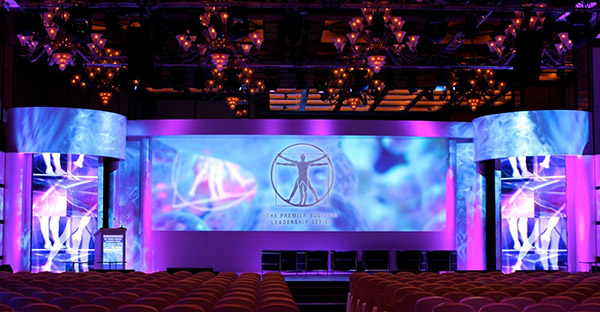A Comprehensive Comparison of Various Light Emitting Diode Video Screen Technologies and The Applications
A Comprehensive Comparison of Various Light Emitting Diode Video Screen Technologies and The Applications
Blog Article
Light Emitting Diode video screens have become more popular in various settings, including music events, athletic competitions, as well as corporate presentations. These large displays are composed of many small LED modules which function collectively to form a single cohesive visual. There are multiple types of LED display screen technologies available, each with its own features as well as advantages. Understanding these technologies can help businesses as well as organizations select the appropriate option for their particular requirements.
One common kind of Light Emitting Diode video wall solution is the direct view LED. Such solution uses separate LED modules which are arranged closely together to create a big screen. Direct view Light Emitting Diode walls are known for their elevated brightness as well as lively hues, making them ideal for external activities or brightly lit settings. They also have a wide viewing perspective, allowing indicating that people can see the display distinctly at different positions. This renders directly viewed Light Emitting Diode screens a favored option for sports arenas as well as outdoor festivals.
Another kind of Light Emitting Diode display wall technology is the LED-backlit Liquid Crystal Display. Such solution merges conventional LCD screens with Light Emitting Diode illumination for improved brightness and color precision. LED-backlit LCDs are often used in indoor environments, including retail malls and conference rooms. They provide excellent image clarity while are typically more cost-effective than direct view LED walls. However, they may often function as effectively in bright settings, as the illumination can occasionally wash out the colors.
Another thirdly choice is the Organic Light Emitting Diode display wall. OLED technology offers superior contrast as well as hue richness in relation to other types of screens. Every pixel in an OLED screen produces its individual luminescence, enabling for true dark tones as well as lively hues. Such renders Organic Light Emitting Diode display screens particularly appealing for applications that require premium visuals, such as art galleries or luxury retail stores. However, OLED technology can be more expensive while may often be as luminous as direct view LED walls, making it less suitable for outdoor use.
In addition to these technologies, various additionally various applications for LED display screens. They can be used for promotion, amusement, as well as information presentation. For instance, companies often use Light Emitting Diode display walls for digital advertising to attract customers and advertise goods. In entertainment, they enhance the visual encounter at concerts and gatherings, offering dynamic backgrounds and captivating images. In business environments, LED video screens can be utilized for presentations, video conferencing, and educational sessions, helping to communicate data in a aesthetically attractive way.
In conclusion, Light Emitting Diode display screens are available in various types, each with its unique go to this web-site benefits and uses. Direct view LED screens are great for outdoor applications, while LED-backlit LCDs are more suitable for interior environments. Organic Light Emitting Diode display walls offer superior visual quality yet may come at a greater cost. Understanding these variations can help entities make knowledgeable choices about the best type of Light Emitting Diode display wall most satisfies their requirements, whether for promotion, entertainment, and corporate applications.